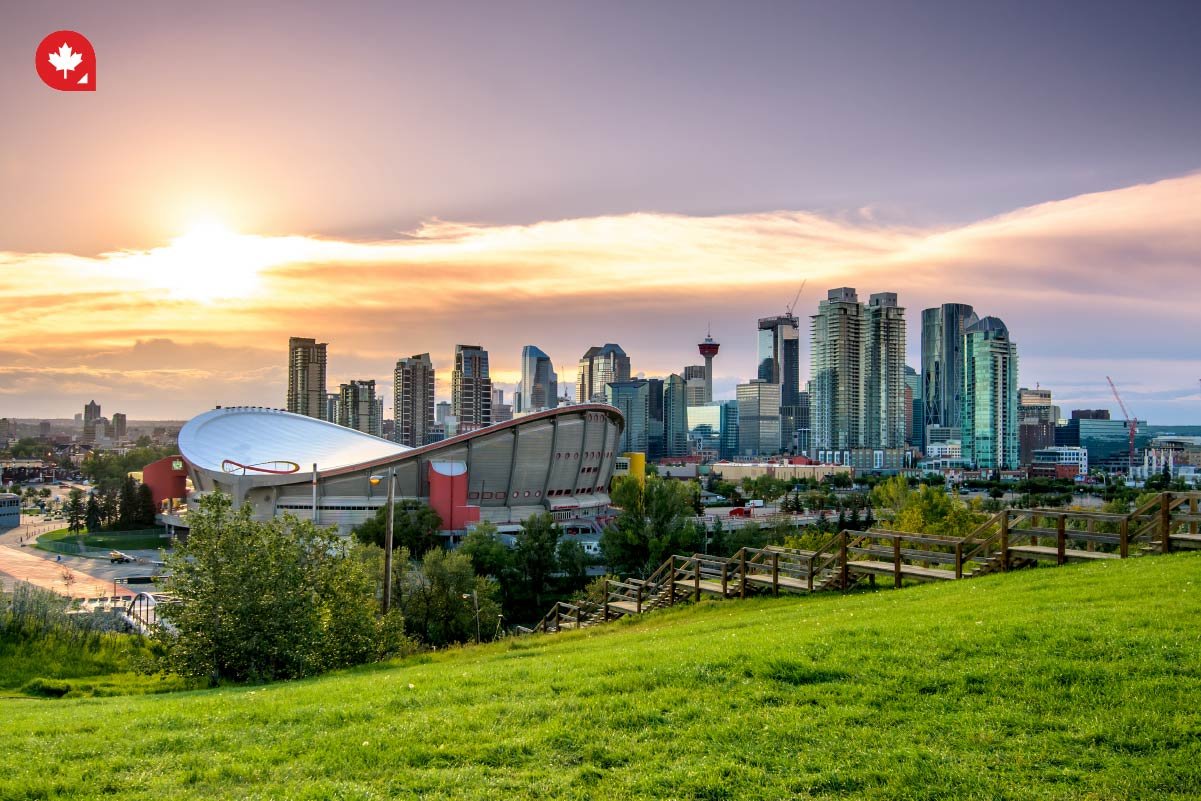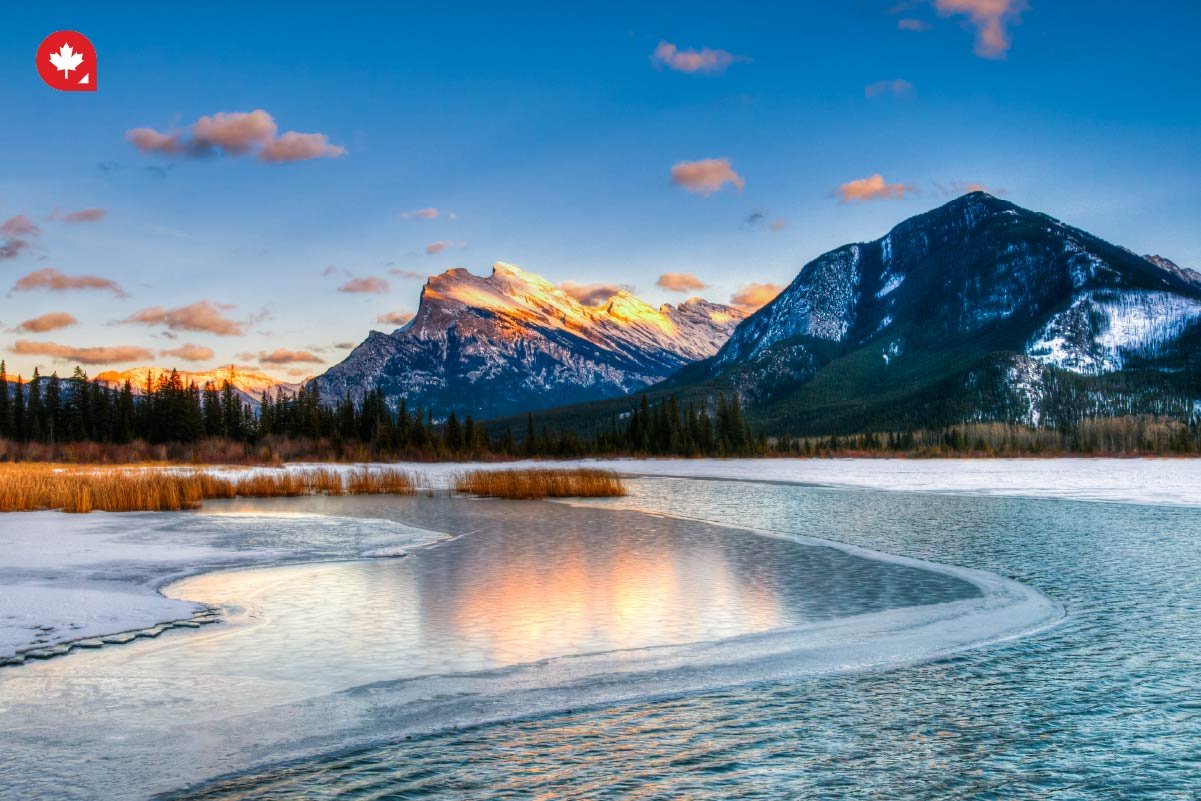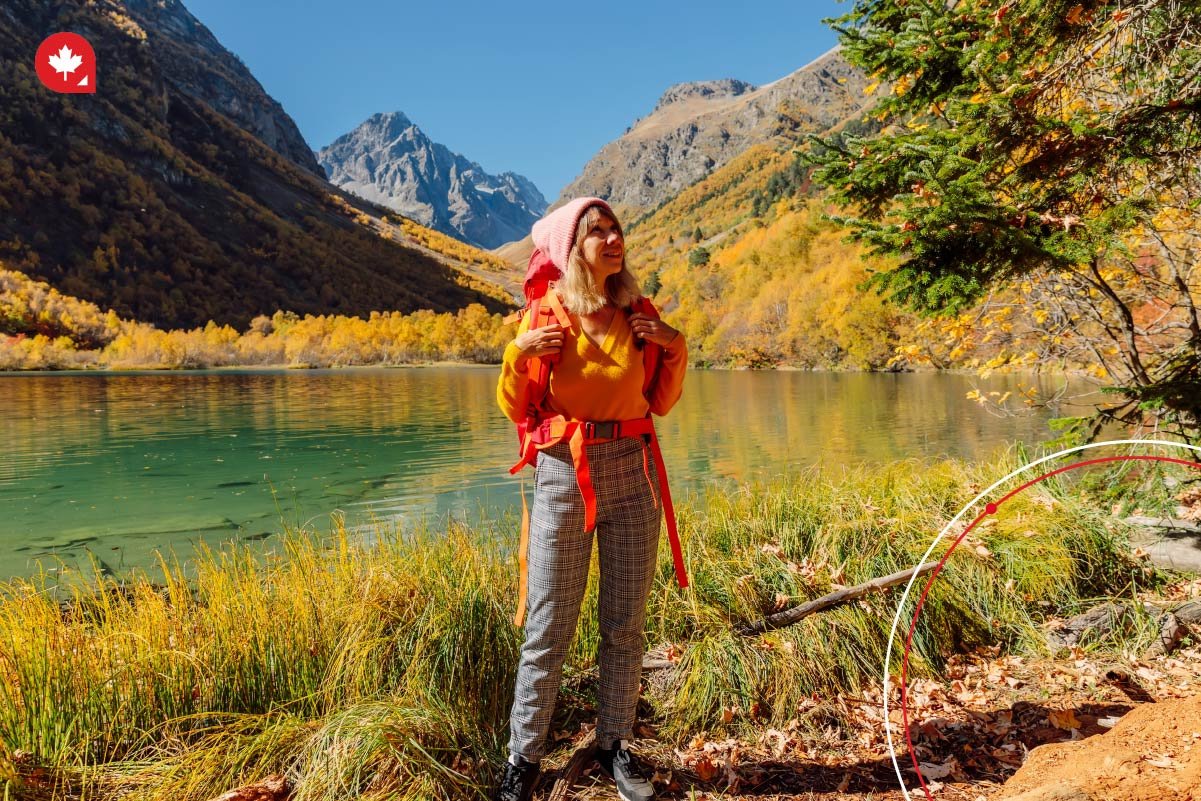Welcome to Canada, a country that boasts some of the most beautiful places on Earth. In this comprehensive guide, we will explore the hidden gems, iconic sights, and lesser-known beauty spots that make Canada a paradise for travelers, nature enthusiasts, and photography lovers. From glacier-carved mountains to turquoise lakes, join us on a virtual tour of the most stunning landscapes Canada has to offer.
The Top 3 Most Beautiful Cities in Canada

Canada boasts some of the most beautiful and diverse cities in the world.
Calgary
The largest city in Alberta, Calgary is situated between the Canadian Prairies and the hills of the Canadian Rockies. After oil was discovered nearby in the early 1900s, Calgary boomed into what is now one of Canada’s largest metropolitan areas, attracting thousands every year to its world-famous rodeo event, the Calgary Stampede.
Ottawa
Located at the confluence of the Ottawa, Gatineau and Rideau rivers in south-eastern Ontario, Ottawa is the capital of Canada. As the nation’s capital, Ottawa is home to many financial, commercial, and federal establishments, including Parliament Hill, the government seat where the ceremonial Changing of the Guard takes place daily during the summer.
Whistler
The spectacular mountains, Whistler and Blackcomb, offer the backdrop for the Whistler resort which serves as the largest and most famous alpine ski destination in North America. Located in the Coast Mountains of British Columbia, Whistler is less than a two-hour trip from Vancouver along Canada’s most scenic drive, the Sea-to-Sky Highway.
The Top 3 Most Beautiful Wildlife Destinations

Canada is home to 70% of the world's last wilderness and the wildlife population is among the most diverse in the world - with its 46 national parks and 2 million lakes you won’t run out of places to see them when you travel to Canada.
Canada’s diverse landscape, which ranges from the Rocky Mountains, dense forests, and glaziers to prairie fields, is the natural habitat of the incredible wildlife that you can only see when you travel to Canada or nearby regions. Canadian wildlife ranges in size from the tiny pika to the largest deer, wild dog, and goose in the world!
Canada’s top 5 animal attractions
- Moose
- Gray Wolf
- Giant Canadian Goose
- Bison
- Beaver
Expect to find these incredible animals at one of the parks below
Banff National Park
Banff National Park is one of the largest parks in the country and it can easily take you up to 5 days to do and see everything the park has to offer. Nature lovers travel to Canada especially to visit Banff and see the natural wonders like the Rocky Mountains and Louise Lake with its crystal clear water, and of course, the incredible wildlife that inhabits the area; grizzly bear, cougar, wolverine, elk, bighorn sheep, and moose, along with hundreds of bird species. There are plenty of activities to do in Banff, like hiking, canoeing, mountain climbing, picking, and horseback riding.
Jasper National Park
Next is Jasper! Jasper is only 290km north of Banff. Be sure to also stop by Yoho National park as you escape Banff and check out the turquoise river and enjoy some outdoor activities such as hiking, mountain biking, paddleboarding, kayaking, and much more. Head north to Jasper and if possible spend a night camping under the stars, wake up to a sunset you will never forget and spend a few days exploring the glacier fields, rocky mountains and spotting wildlife.
Wapusk National Park
Wapusk means ‘white bear’ and as you may have guessed by now, it’s home to the majestic polar bear. What makes this park so special is that it’s truly untouched wilderness and can not be accessed by car. To visit the park, you must travel to the closest towns, which are Churchill or Gilliam, and from there licensed operators will take you by boat, snowmobile, aircraft, or dog team on a guided tour through the park. You will be able to spot wild polar bears in their natural habitat and even glimpse the stunning Aurora lights at sunset.
The Top 3 Most Beautiful Lakes
Canada quite literally has hundreds of national parks, thousands of hiking trails, and hundreds of thousands of lakes to explore and enjoy. What makes Canada’s lakes truly special is their sheer volume and diversity. Lake Superior, bordering Ontario, is the world’s largest freshwater lake by surface area, spanning around 82,100 km².
Lake Louise in Alberta is another famous tourist spot known for its crystal-clear waters. The Spotted Lake in British Columbia is a strange site featuring deposits of water filled with minerals that give the lake a range of different colours.
Moraine Lake, Alberta
Nestled amidst the majestic peaks of Banff National Park, Moraine Lake is a crown jewel of the Canadian Rockies. Its glacial waters shimmer in a vibrant turquoise hue, mirroring the towering Ten Peaks that cradle its basin. Canoeing on the glassy surface, surrounded by snow-capped giants and lush evergreens, is an experience that will leave you breathless. Hike the surrounding trails to witness the lake from breathtaking viewpoints, or simply relax on the shore and soak in the tranquility of this alpine paradise.
Lake Louise, Alberta
Another Banff National Park gem, Lake Louise, is as iconic as it is beautiful. The vibrant turquoise waters, fed by glacial melt, contrast vividly against the backdrop of the Victoria Glacier and surrounding peaks. The Fairmont Chateau Lake Louise, perched on the lakeshore, adds a touch of grandeur to the scene. Whether you're enjoying a gondola ride, picnicking on the grassy banks, or kayaking across the crystal-clear waters, Lake Louise promises an unforgettable encounter with Canadian nature.
Emerald Lake, British Columbia
Venture deeper into the Canadian Rockies and discover Emerald Lake, a hidden gem in Yoho National Park. True to its name, the lake's emerald green waters are a sight to behold, reflecting the lush forests and snow-capped peaks that surround it. Hike the forested trails around the lake, or rent a canoe and paddle across the glassy surface, surrounded by towering waterfalls and cascading streams. Emerald Lake is a haven for outdoor enthusiasts and nature photographers, offering endless opportunities for exploration and wonder.
How to Explore Canada as a Foreigner

Wherever you travel to in Canada, you’re bound to experience the beautiful Canadian natural and man-made attractions that will ensure you never want to leave this beautiful country. Canada is one of the most beautiful countries in the world, offering natural resources and high quality of life. It is no wonder that Canada is one of the best places to immigrate to.
After reading this amazing list, we’re sure you’re ready to pack your bags, but how do you get to Canada?
Canadian Tourist Visa
Before you start applying for a Canadian tourist visa, you should be aware that every traveller needs to be in possession of a valid passport (or unabridged birth certificate in the case of children from particular countries) in order to travel across the Canadian border, no matter their country of origin.
The passport needs to have an open page for immigration and passport control officers to stamp as you move across the borders or airport control points.
A number of countries are exempt from applying for a visitor visa to Canada Visitor Visa, such as EU countries and the USA, and need only apply for an Electronic Travel Authorization (eTA) 72 hours prior to travelling to Canada.
Those that are not exempt need to appear in person at the Canadian embassy in their country of residence. A biometric screening is done by an embassy consultant and the travel documents that you must collect and present are checked for approval.
Working Holiday Visa
The Working Holiday visa provides an incredible opportunity for young people from over 30 countries to work temporarily for up to 12 or 24 months depending on their country of origin. The work permit allows them to earn money while they travel across Canada, or while they work in a resort or holiday destination. It also provides invaluable Canadian work experience which can later be used to stay in Canada on a more permanent basis.
To apply for a Working Holiday Visa, you must meet the following requirements
- Be a citizen of one of the participating countries in the International Experience Canada (IEC) programs
- Be under the age of 35;
- Be admissible to Canada;
- Create an online profile on the IEC government webpage;
- Have a minimum of CAD2,500 to cover your initial expenses;
- Have health insurance for the duration of your stay;
- Give biometrics at your local Canadian consulate; and
- Hold a valid passport or travel document.
Once your profile is complete, you will be entered into a pool of applicants. If you are awarded a Canadian Working Holiday Visa, you will also apply for an open work permit. An open work permit will allow you to work for any designated employer in Canada (excluding Quebec). If you have dependents they, unfortunately, cannot accompany you on an IEC Working Holiday Visa.
If you want to have the chance to experience all these beautiful parks have to offer while still working in Canada, a Canada Working Holiday Visa may be the way for you. While it's only open to specific nations, a Canada Working Holiday visa presents successful applicants with an open work permit, meaning they can live and work anywhere in Canada for up to two years.
FAQs
Would I Need Travel Insurance to Travel to Canada?
Travel Insurance is an absolute must if you're traveling to Canada on a Canada working holiday visa and is highly recommended if you're coming to Canada as a tourist. It ensures you've covered health issues, natural disasters, trip cancellations, and terrorism, amongst many others. For more information on Canadian Travel Insurance and which insurance is best for you, look at these FAQs.
How Much Money Do I Need to be Allowed to Travel to Canada?
To be eligible for a Canada Visitor visa or a Canada Working Holiday Visa, you need a minimum of CAD2500 in your bank account upon arrival in Canada.




